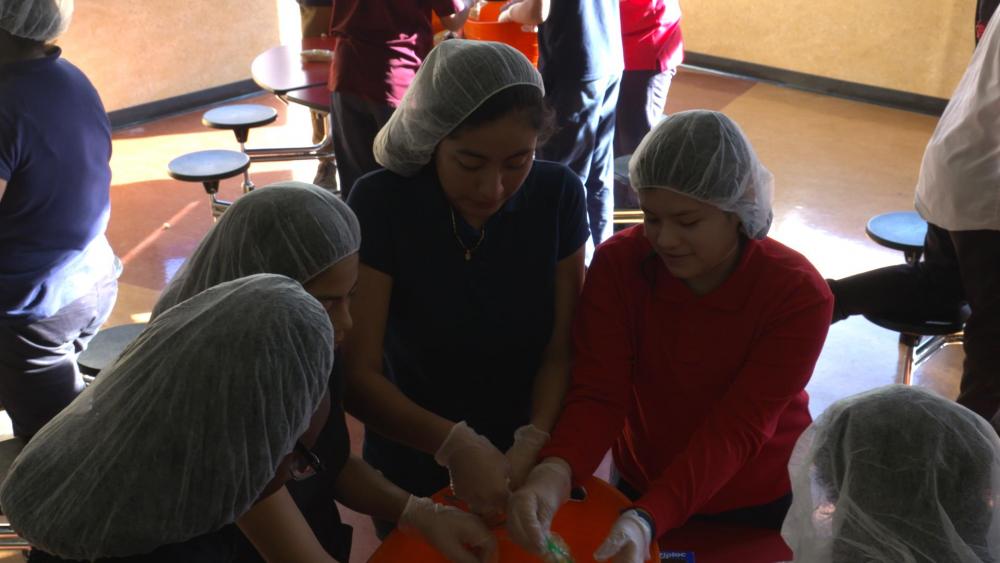Service-Learning in a Rural vs. Urban Setting
Part II: Project Timing
In the second part of our Service-Learning in a Rural vs. Urban Setting series, we discuss the importance of project timing. This article is intended to introduce some of the factors to consider when planning service-learning throughout the school year.

Project Timing
Urban
One advantage to an urban setting is the potential to join others in the community who are participating in national days of service like Earth Day, Global Youth Service Day, MLK Day, and 9/11. Check out TeachOne or the Planning Tool for more ideas!
Businesses and nonprofits are often looking to engage their employees with the community around national and international days of acknowledgement. Enlist your students in identifying organizations related to where their parents work or volunteer, services they use, or research based on a service day issue area. To participate in a movement and remove financial barriers, look for grant options available for youth and civic engagement surrounding those national days of service. Holidays including Veteran’s Day, Memorial Day, Christmas/Hanukkah/Kwanzaa, Mother’s and Father’s Day, and Arbor Day are also great times for planning seasonal service-learning projects.
Rural
Choosing when to do a service-learning project in a rural area can often be challenging. Rural schools may want to consider some additional factors when planning their calendar of service, two large ones being geography and weather.
Weather, season, and climate may be a factor in planning a community event. Depending on the amount of planning required for a project, a rain date should be set. Some projects are easier to have rain dates than others. For example, if a project has multiple community partners and multiple classrooms, a rain date might not be realistic.
Projects are generally easiest to complete during the school day, with input from your students, or directly after the school day when you are best able to reach community resources and organize any necessary transportation.
Rural students tend be very geographically dispersed, which can mean additional travel time and costs. Many rural districts are also located in places where weather conditions can be quite severe (heat or cold) and may limit the number of opportunities to travel or do service outdoors. Rural teachers may want to structure projects so the planning process takes place during the harsher months and everything is in place to implement once things when it is comfortable outside.
An idea for avoiding costly transportation is to look into virtual service-learning opportunities or projects that can be done at the school during school hours or directly after school.
Both urban and rural places offer some barriers and opportunities for service-learning projects. That is why it is so important for service-learning to be entrenched in the local communities. Whether you live in a rural place or an urban one, you are the expert on your own community. That expertise, when paired with resources like the lesson plans and resources on Learning to Give, can be used to make some truly transformative service-learning projects for both your students and your community.
Part I: Community Partnerships
Guest blog by Megan Lendman, Grand Rapids Public Schools Service-Learning Coordinator: 2015-17 Michigan Nonprofit Association AmeriCorps VISTA, and Tyler Augst, Service-learning Coordinator for Eastern Upper Peninsula Intermediate School District
